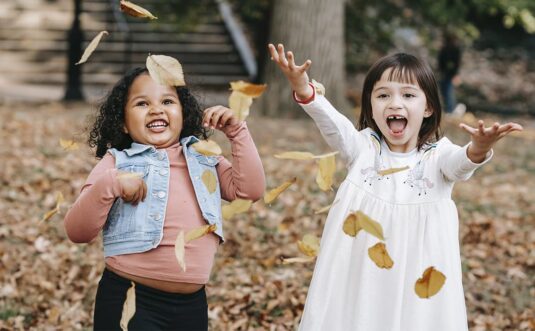Alalia is a persistent specific underdevelopment of speech caused by lesions in the cortical areas of both hemispheres of the brain.
There is a significant difference between infantile and adult alalia – in adults there is a disintegration of already formed speech, while in children it occurs due to lesions of the speech cortical areas (Broca’s zone). Such changes occur during intrauterine development or early childhood.
The severity of alalia depends on when the brain is affected. The most severe lesion occurs during intrauterine development, in the 3rd-4th month of gestation. Causes of lesions of the speech areas:
- Maternal intoxication;
- Toxicosis of pregnancy;
- Incompatibility between mother and baby by blood type and Rh factor;
- Birth trauma, asphyxia during intrauterine development and at birth;
- Neuroinfections;
- Profound prematurity;
- Craniocerebral injuries at an early age;
- Consumption of alcohol and nicotine by a pregnant woman;
- Hereditary predisposition.
The bottom line is that organic damage to the brain slows down the process of maturation of nerve cells. This factor contributes to a decrease in the excitability of neurons and reduces the conduction of nerve impulses.
Motor alalia
The fact that both hemispheres of the brain are affected in motor alalia is evidenced by the fact that this pathology is not compensated spontaneously, without special corrective work and medical support. Complex encephalopathic disorders of the cerebral cortex and subcortical structures lie in the ontogenesis of the disorder.
The disease belongs to the third group of clinical types of general underdevelopment of speech, occurs in about 1% of preschool children, 0.6% of school-age children. An officially recorded diagnosis is grounds for disability.
Characteristic signs of alalia are an underdevelopment of absolutely all aspects of speech:
Phonetics;
Vocabulary;
Syntax;
Morphology.
It is called motor (expressive) alalia because it is based on the insufficiency of the motor part of speech. Electroencephalopathic examination of children with motor alalia diagnoses local lesions of cortical tissues as well as hypothalamus, subcortical ganglia, optic ganglion, brainstem. In most cases, there is dysfunction of the midbrain structures.
In motor alalia, the child may have an extensive passive vocabulary, but has difficulty naming even familiar words. Children cannot repeat even simple words after an adult, even though they have a developed articulatory apparatus. In words, they rearrange and replace syllables, omit sounds. These replacements are not stable, in some circumstances, children perform a syllable replacement, in others – replace sounds in the same word.
It is especially difficult for them to pronounce words expressing abstract concepts and generalization words. Children with alalia are aware of their deficiency. A child with high intelligence is more critical about his or her speech and he or she replaces words with facial expressions and gestures when communicating with others.

 Martinez Tracy
Martinez Tracy


